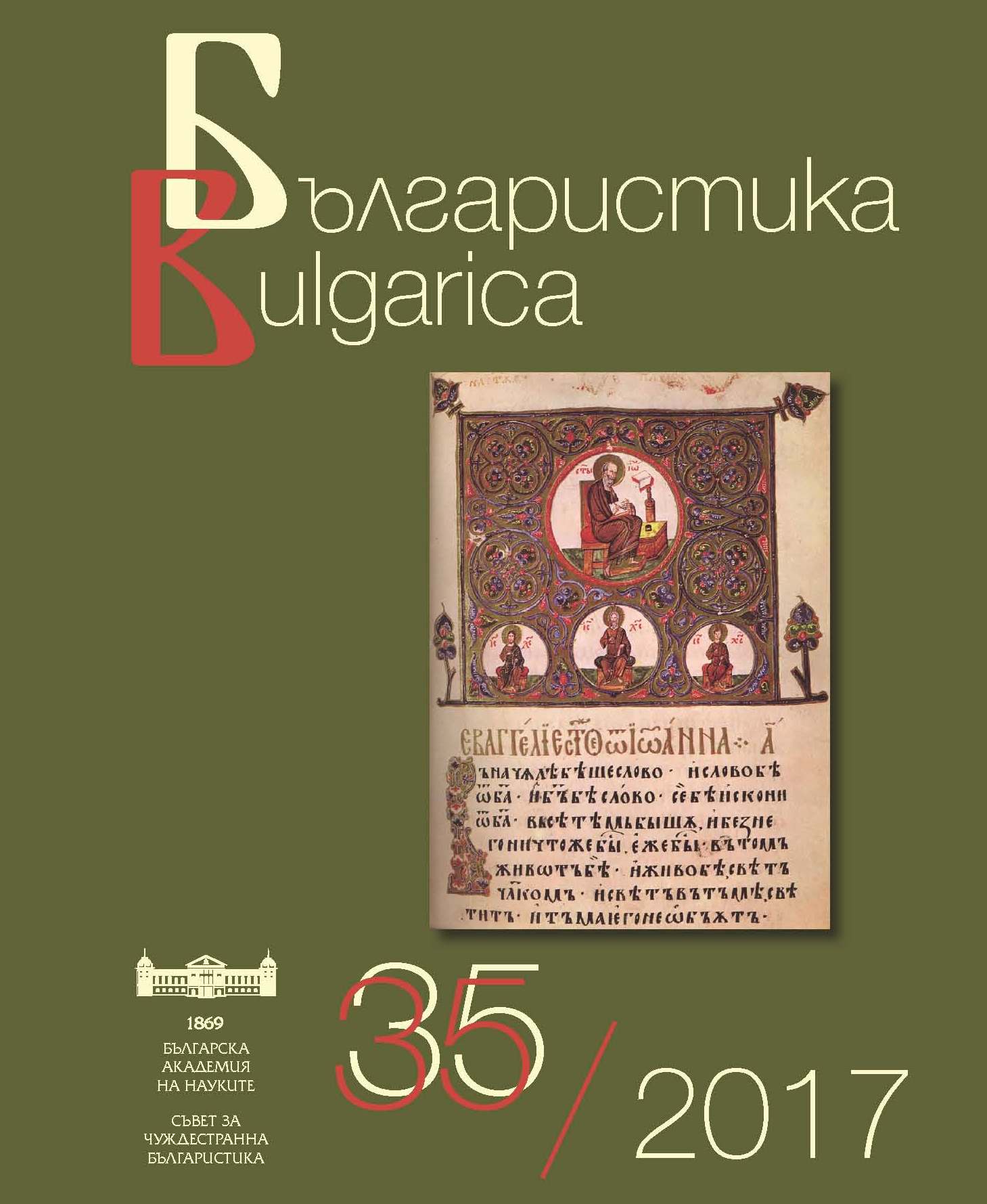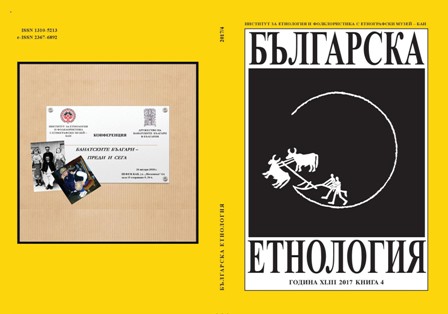
A Practical Approach to Ascertaining the Accuracy and Resolution of Post Rendered 3D Models Acquired Originally via 3D Digitization
3D digitization is becoming the norm in the preservation of tangible cultural properties be it movable or immovable. In the case of mobile cultural objects, 3D models are normally acquired through non-destructive methods such as photogrammetry or 3D scanning using structured light or laser. The continuing improvements in scanning equipment which result in higher accuracy and resolution can be translated to mean higher level of 3D data acquired. At times, the quantity of 3D data of a single model can get too large and beyond what a normal work-station can process. This is where optimization comes in. However, the level of optimization will vary to suit the final purpose or usage of the 3D model. During optimization, the resulting optimized 3D model is bound to suffer from some level of data loss when compared to the original 3D model acquired directly from laser scanning. This paper discusses a practical method devised by Amber Digital Solutions in maintaining a high level of accuracy of the final optimized model for national archival purposes which requires the highest form of quality.
More...










